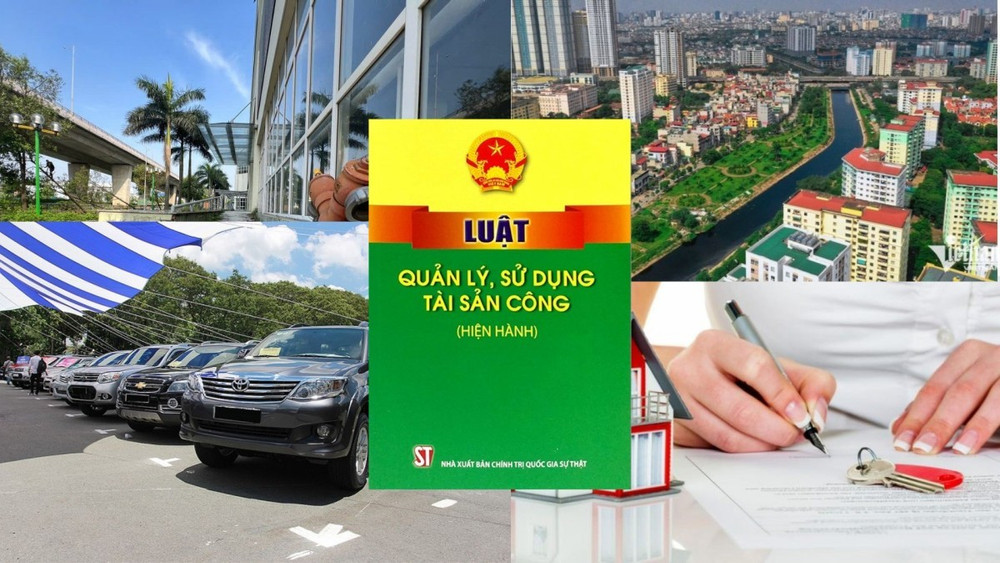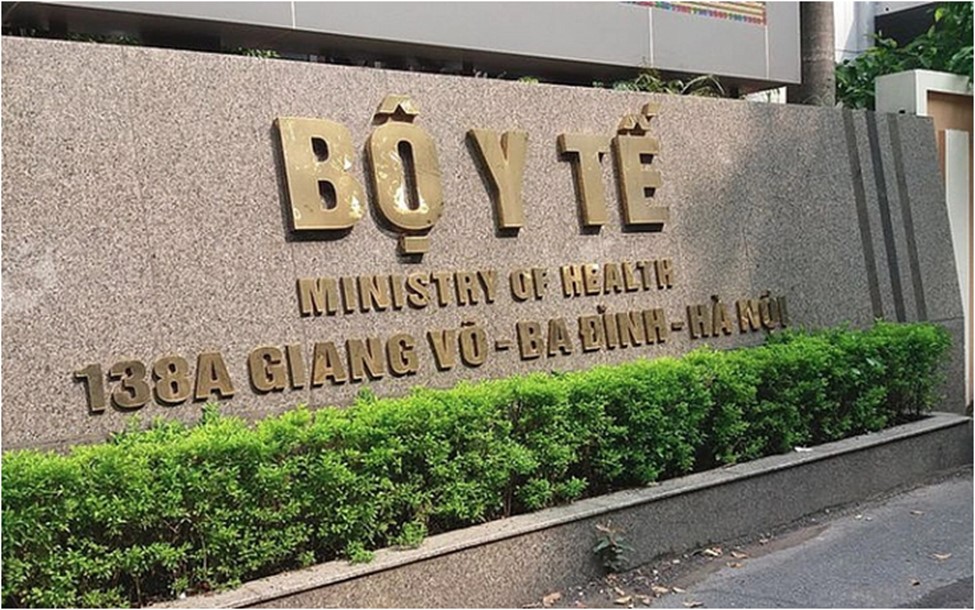Principles for Self-Classification of Debts of Commercial Banks in Vietnam from July 1, 2024
Below are the Principles for Self-Classification of Debts of Commercial Banks in Vietnam from July 1, 2024under the new regulations, effective from July 01, 2024.

Principles for Self-Classification of Debts of Commercial Banks in Vietnam from July 1, 2024 (Internet image)
On June 30, 2024, the Governor of the State Bank of Vietnam issued Circular 31/2024/TT-NHNN stipulating the classification of assets in the operations of commercial banks, non-bank credit institutions, and foreign bank branches.
Principles for Self-Classification of Debts of Commercial Banks in Vietnam from July 1, 2024
According to Article 9 of Circular 31/2024/TT-NHNN, the principles for self-classification of debts of commercial banks in Vietnam are as follows:
-
All outstanding debts and off-balance sheet commitments of a customer at a bank or a non-bank credit institution must be classified into the same group of debts with the highest risk level among the groups of debts and/or off-balance sheet commitments of that customer.
-
For syndicated loans, each credit institution, foreign bank branch participating in granting syndicated loans is responsible for notifying the participating bank, non-bank credit institution of the results of self-classifying debts as stipulated in Clause 1, Article 8 of Circular 31/2024/TT-NHNN.
-
For entrusted credit granting (except for delegated issuance of letters of credit), entrusted purchase of unlisted bonds where the entrusted part has not disbursed all entrusted funds according to the entrusted contract, the bank, non-bank credit institution entrusting must classify the undisbursed entrusted funds as a loan to the trustee. The overdue period is determined from the time the trustee fails to disburse according to the disbursement deadline stipulated in the entrusted contract.
-
For sold debts (excluding debts used for risk provisions but not fully collected from the debt sale), the bank, non-bank credit institution selling the debt, classifies the uncollected amount according to the debt purchase and sale contract as the debt was not sold. To be specific:
The bank or non-bank credit institution selling the debt classifies the uncollected amount against the buyer's debt into the debt group the debt was classified into at the nearest debt classification before selling, and continues classifying the uncollected amount based on the credit contract signed with the sold debt customer according to Circular 31/2024/TT-NHNN.
-
For debts compulsorily transferred to support credit institutions sold to the credit institutions receiving compulsory transfer according to the approved transfer plan but not fully collected, the receiving credit institution classifies the uncollected amount against the transferred credit institution as stipulated in Clause (4), excluding the application at Point (viii), Clause 1, Article 10 of Circular 31/2024/TT-NHNN, and without adjusting the debt group according to the customer list provided by CIC as specified in Clause 3, Article 8 of Circular 31/2024/TT-NHNN during the implementation of the transfer plan.
-
For purchased debts, at the time of purchasing the debt, the purchasing bank, non-bank credit institution classifies the paid purchase amount into the debt group with a risk level not lower than the group the debt was classified into at the nearest debt classification before buying and continues classifying the purchase amount as the bank’s own debts according to Circular 31/2024/TT-NHNN.
-
For funds used to invest in unlisted bonds through other institutions (including credit institutions and foreign bank branches), the bank, non-bank credit institution classifies the invested funds as a loan to the bond-issuing entity; if the bond is secured, it classifies them as a secured loan to the bond-issuing entity.
If the investment in unlisted bonds is extended as per legal regulations, it is classified as an extended loan.
- For discounting of transferable instruments and other valuable papers:
- Under the term purchase: The bank, non-bank credit institution classifies the discount amount as a loan to the beneficiary;
- Under the recourse purchase agreement: The bank or non-bank credit institution classifies the discount amount as a loan to the beneficiary as follows:
Before the bank or non-bank credit institution has the right to exercise the recourse under the discount contract, the bank or non-bank credit institution, based on the issuer's compliance with the obligations to pay and the payment information and data about the beneficiary's payment ability, classifies the discount amount.
From the time the bank or non-bank credit institution has the right to exercise the recourse under the discount contract, based on the overdue period under the issuance agreement and the beneficiary's payment ability, the bank or non-bank credit institution continues classifying the discount amount into an appropriate risk category.
- For debts violating statutory regulations at Point (iv), Clause 1, Article 10 of Circular 31/2024/TT-NHNN, upon discovering the violation, the bank, non-bank credit institution must immediately issue a recovery decision as per the law.
For recoverable debts following inspection conclusions or administrative penalty decisions (hereinafter referred to as recovery following inspection conclusions), the bank, non-bank credit institution must issue a recovery decision based on the inspection conclusions.
For debts violating the statutory regulations at Point (iv), Clause 1, Article 10 of Circular 31/2024/TT-NHNN and recoverable debts following inspection conclusions, the bank, non-bank credit institution cannot restructure the repayment term and, during the unrecovered period, continues classifying the debt according to Circular 31/2024/TT-NHNN.
- For debts arising from factoring activities:
- For factoring with buyers, factoring with sellers without a repayment commitment: the bank, non-bank credit institution classifies the factoring amount as a loan to the buyer, based on the buyer's repayment and payment obligation fulfillment in the factoring contract;
- For factoring with sellers with a repayment commitment: the bank, non-bank credit institution classifies the factoring amount as a loan to the seller based on the seller’s repayment and payment obligation fulfillment in the factoring contract.
-
For repurchase of bonds by the Government of Vietnam, the bank, non-bank credit institution classifies the payment to repurchase as a loan to the seller in the initial transaction (first transaction) according to the legal regulations on registration, depository, listing, trading, and settlement of the Vietnam Government’s debt instruments, bonds guaranteed by the Vietnam Government issued by policy banks, and local government bonds.
-
For funds invested in certificates of deposits issued by other credit institutions, foreign bank branches, the bank, non-bank credit institution classifies the invested funds as loans to the issuing credit institution or foreign bank branch.
-
For debts arising from letter of credit operations:
- For letter of credit issuing:
(i) For issuing standby letters of credit or deferred letters of credit (excluding cases specified at subsection (a)(ii) herein), the issuing bank classifies the replacement payment under the letter of credit commitment as stipulated at Point (b), Clause 4, Article 10 of Circular 31/2024/TT-NHNN for the proposer, from the date the issuing bank pays the beneficiary;
(ii) For issuing deferred letters of credit with a provision allowing the beneficiary to receive payment immediately or before the deferred payment date, the issuing bank classifies the arising debts from letter of credit operations as loans to the proposer, from the date the issuing bank reimburses the payment to the beneficiary;
- For letter of credit confirmation:
The confirming bank classifies the replacement payment under the letter of credit commitment for the issuing bank, and the issuing bank classifies the replacement payment under the letter of credit commitment for the proposer as stipulated at Point (b), Clause 4, Article 10 of Circular 31/2024/TT-NHNN, from the time the confirming bank pays the beneficiary;
- For letter of credit negotiation:
The negotiating bank classifies the arising debts from letter of credit operations for the beneficiary as discounts on transferable instruments and other valuable papers stipulated at Clause (8);
- For letter of credit reimbursement:
(i) In case of reimbursement through issuing repayment commitments, the reimbursing bank classifies the replacement payment under the letter of credit commitment as stipulated at Point (b), Clause 4, Article 10 of Circular 31/2024/TT-NHNN for the issuing bank, from the date the reimbursing bank reimburses the payment to the beneficiary;
(ii) In case of reimbursement through agreements with customers to pay with the funds of the reimbursing bank (excluding cases at subsection (d)(i) herein), the reimbursing bank classifies the arising debts from letter of credit operations as loans to the issuing bank, from the date the reimbursing bank reimburses the payment to the beneficiary;
- For outright purchase of presented documents under letters of credit without recourse, the bank, non-bank credit institution classifies the purchase amount as a loan to the issuing bank or the confirming bank.
-
For loans, deposits from supporting credit institutions at credit institutions under special control as stipulated in Clause 9, Article 174 of Law on Credit Institutions 2024, the supporting credit institution classifies them into the standard debt group and does not adjust the debt group according to the customer list provided by CIC as stipulated in Clause 3, Article 8 of Circular 31/2024/TT-NHNN (if any).
-
For loans, guarantees, deposits from the compulsory receiving credit institution and other credit institutions at the commercial bank undergoing compulsory transfer as stipulated in Clause 2, Article 182 of Law on Credit Institutions 2024, the compulsory receiving credit institution and other credit institutions classify them into the standard debt group and do not adjust the debt group according to the customer list provided by CIC as stipulated in Clause 3, Article 8 of Circular 31/2024/TT-NHNN (if any) during the implementation of the compulsory transfer plan.
-
For debts with restructured repayment terms, the number of term restructuring times is the total number of repayment term restructuring for each debt, from the time the debt arises until the customer completes all repayment and payment obligations to the bank, non-bank credit institution.
Nguyen Ngoc Que Anh
- Number of deputy directors of departments in Vietnam in accordance with Decree 45/2025/ND-CP
- Cases ineligible for pardon in Vietnam in 2025
- Decree 50/2025 amending Decree 151/2017 on the management of public assets in Vietnam
- Circular 07/2025 amending Circular 02/2022 on the Law on Environmental Protection in Vietnam
- Adjustment to the organizational structure of the Ministry of Health of Vietnam: Certain agencies are no longer listed in the organizational structure
- Vietnam aims to welcome 22-23 million international tourists in Vietnam in 2025
-

- Number of deputy directors of departments in Vietnam ...
- 15:04, 05/03/2025
-

- Cases ineligible for pardon in Vietnam in 2025
- 14:43, 05/03/2025
-

- Decree 50/2025 amending Decree 151/2017 on the ...
- 12:00, 05/03/2025
-

- Circular 07/2025 amending Circular 02/2022 on ...
- 11:30, 05/03/2025
-

- Adjustment to the organizational structure of ...
- 10:34, 05/03/2025
-

- Notable new policies of Vietnam effective as of ...
- 16:26, 11/04/2025
-
.Medium.png)
- Notable documents of Vietnam in the previous week ...
- 16:21, 11/04/2025
-
.Medium.png)
- Notable documents of Vietnam in the previous week ...
- 16:11, 02/04/2025
-
.Medium.png)
- Notable new policies of Vietnam to be effective ...
- 16:04, 02/04/2025
-
.Medium.png)
- Notable new policies of Vietnam effective from ...
- 14:51, 21/03/2025
 Article table of contents
Article table of contents
